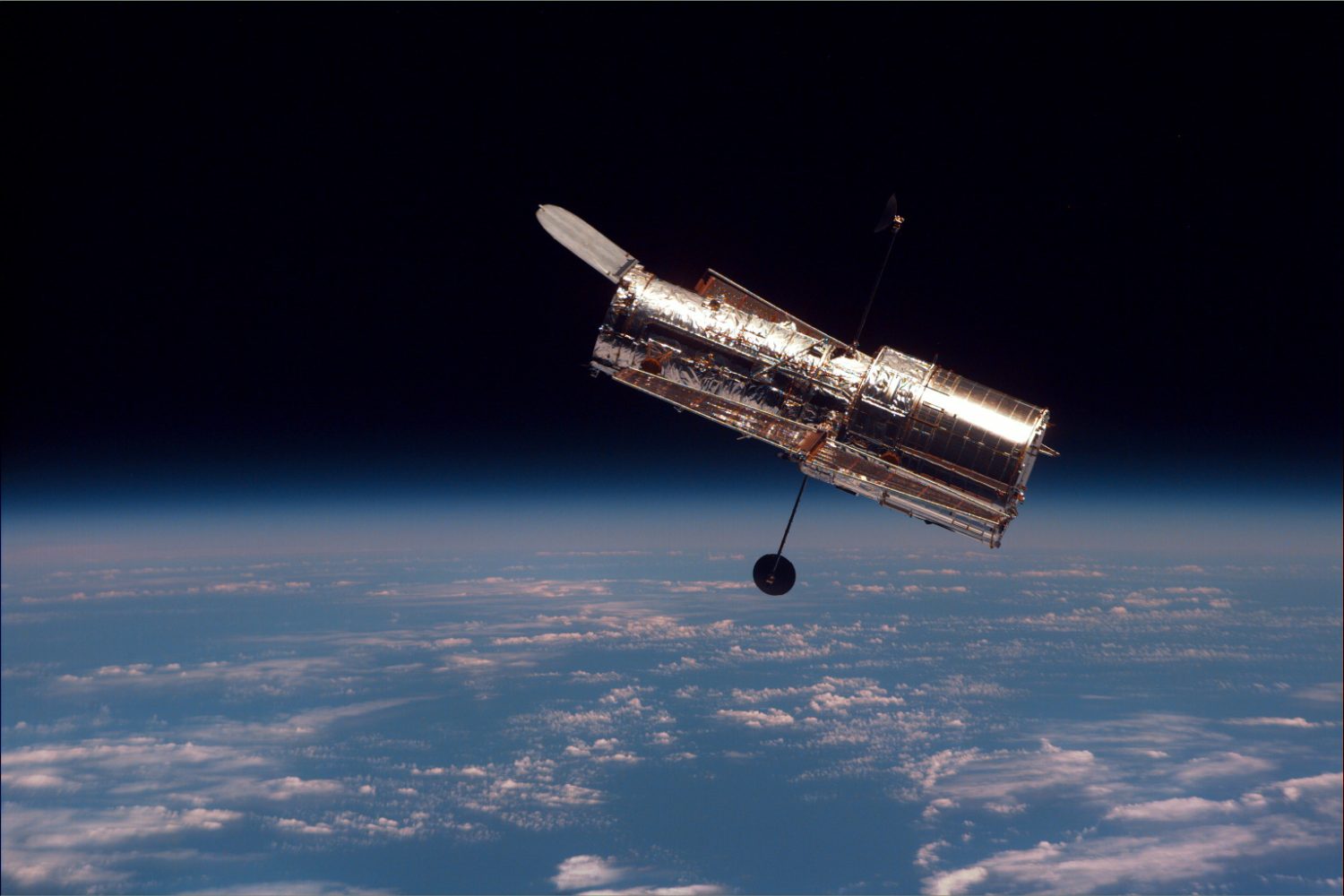
NASA stated that it has paused scientific operations on the Hubble Space Telescope while its in a self imposed safe mode after it experienced yet again more gyro issues. This isn’t the first time Hubble has experienced this sort of trouble and it only seems to be getting worse as the space observatory ages.
Update: Hubble has returned to science operations while NASA still investigates what caused the issue.
NASA investigating source of gyro troubles
It appears that over the last week NASA’s Hubble Space Telescope has run into some troubles with one of its gyros… again.
The historic space telescope received five brand new gyroscopes (gyros), which it uses to determine where it’s pointed, during is last servicing mission by the Space Shuttle in 2009. It is currently down to only three operational gyros, with one now starting to act up.
NASA shares that on November 19 Hubble first went into safe mode. Teams were able to recover the telescope before reentering safe mode on November 21. Following another successful recovery, Hubble yet again, entered safe mode on November 23. All of these situations caused by the same “unstable gyro.”
Currently NASA is working on narrowing down the problem and what a solution might look like for the long term. The agency could just deactivate the gyro, that would mean the telescope would become less accurate but continue to operate.
This is not the first time Hubble has ran into issues with it gyros or other pieces of hardware. Gyros began failing on the telescope in the early 2000s, hence why a servicing mission was conducted. It was believed that three gyros was required for operation but NASA has since come up with two and one gyro modes for Hubble.
The most recent failure that we saw on Hubble was with its power control unit in 2021. NASA had to switch to a backup PCU in order to resume science operations.
Join our Discord Server: Join the community with forums and chatrooms about space!
Will Hubble survive long enough for a rescue mission?
NASA says that Hubble can operate on one gyro as it’s not the only tool used for positioning. However, that will limit what parts of the sky the telescope can observe and reduce accuracy.
Right now, there are no more servicing missions planned for Hubble, as the only option for doing so, the Space Shuttle, is retired. However, the Polaris Program, a private space program funded by point of sale company founder and CEO Jared Issacman, believes SpaceX’s Dragon can help Hubble.
The details of what a Polaris and SpaceX led mission would look like are limited, but it would at least include an orbital boost so Hubble can operate for longer. That wouldn’t, however, fix any hardware problems the aging spacecraft is facing.
Last year, around the same time Polaris shared its goal to possibly service Hubble, NASA and SpaceX entered into an agreement to research the possibility of the mission.
NASA guess that Hubble will be able to stay in orbit before a natural decay until 2028 to 2040, depending on solar activity. The final servicing mission to Hubble left a soft capture ring, allowing for future crewed or robotic missions to possibly extend its life or allow for a controlled reentry.
Soon Hubble is going to have to have its fate decided on. Either NASA has to begin end of life preparations or approve a risky servicing mission that could extend its life for a few more decades. Although in space, there are never guarantees of that.
FTC: We use income earning auto affiliate links. More.




Comments